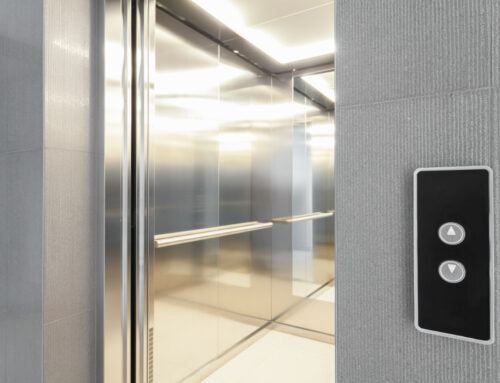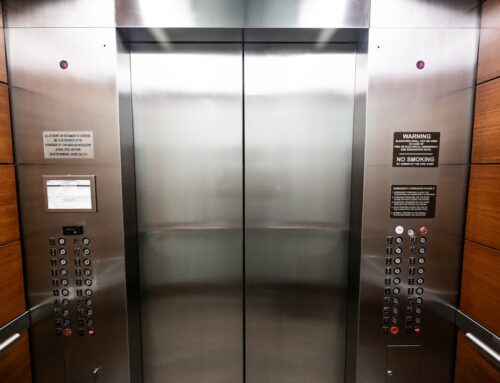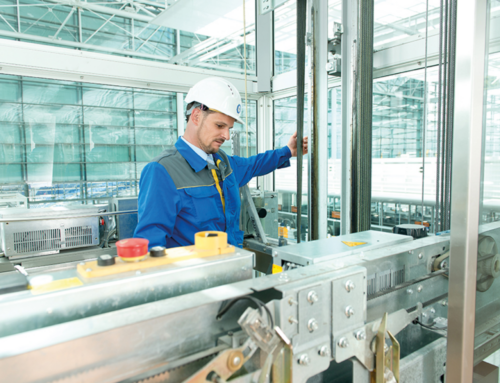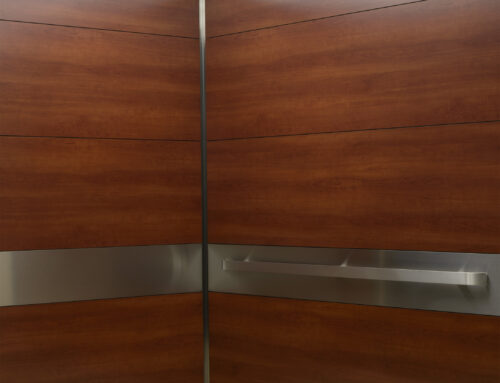Elevators are one of the most common modes of transportation with 325 million riders every day worldwide. Not only are they one of the most common, but they’re safe too. This all comes down to proper elevator installation.
Planning, design, and construction of elevators are essential to meet the specific needs of building occupants and comply with building codes and safety standards.
Whether you are a building owner, manager, or occupant, this article will provide valuable insights into elevator installation and maintenance. Keep reading to take a lift.
Planning and Design
Before installing an elevator, you’ll want to plan and design the elevator system. This will involve determining the type of elevator required, the capacity, the number of floors it will serve, and the location of the elevator shaft. Be sure to consider the needs of the building occupants—including any ADA requirements.
Types
There are several types of elevators available. Below are a few examples.
- Traction
- Hydraulic
- Machine-room-less
Be sure to do your research on these types of elevators as each one comes with its set of pros and cons. The choice will largely depend on the specific requirements of the building too.
Capacity
The elevator capacity is determined by the expected number of people who will use the elevator at any given time. It is essential to ensure that the elevator capacity meets the needs of the building occupants, especially during peak usage times.
Location
The location of the shaft is another crucial factor in elevator installation. You want to choose a spot that is easily accessible to the building occupants and meets all safety requirements.
Permitting and Codes
The elevator installation process will also include adhering to various permits, building codes, and safety standards. The lift installation team ought to work in conjunction with the local authorities to ensure compliance with these regulations.
These elevator installation codes will vary from state to state, so it’s important to check with your local government to determine the specific requirements.
Elevator Components
The elevator system is comprised of several components. This includes the following:
- Elevator car
- Hoistway
- Elevator machine
- Control system
- Safety features
Each component must be installed correctly to ensure the elevator is safe to operate. The elevator installation team must ensure that the components are compatible and meet the specifications of the elevator system.
Elevator Car
The elevator car carries the passengers or freight. It’s attached to the hoist ropes or hydraulic system that moves it up and down the elevator shaft. The hoistway is the shaft that contains the elevator car and guides it between floors.
The hoistway must be constructed with the correct materials and meet all safety requirements.
Elevator Machine
The elevator machine is the component that drives the elevator car up and down the shaft. There are two main types of elevator machines—traction machines and hydraulic machines. The traction machine uses ropes and a motor to move the elevator car, while the hydraulic machine uses a piston to move the car.
Control System
The control system is responsible for managing the operation of the elevator. It controls the speed and direction of the elevator car, as well as the opening and closing of the elevator doors.
Safety Features
Safety features are an essential part of any elevator system. These features include emergency communication systems, safety brakes, door interlocks, and fire protection systems.
Maintenance and Inspection
After the elevator installation, proper maintenance and inspection are a must. Regular maintenance and inspections can prevent costly breakdowns and ensure the safety of the building occupants.
Maintenance involves regular cleaning, lubrication, and inspection of the elevator components.
Inspections involve a comprehensive evaluation of the elevator system, including all components and safety features. Inspections should be conducted by a qualified inspector and should be performed at regular intervals to ensure the elevator system’s safe operation.
Additional Things to Consider
Installing an elevator has a lot of moving parts (pun intended). Aside from the technical aspects, you may also consider energy efficiency, acoustics, and aesthetics.
Building Height
The building’s height will also help determine the load capacity. You want things to run smoothly and safely for the tenants or building occupants.
Accessibility Requirements
Be sure to consider those with disabilities too. This includes things like wheelchair access, braille signage, and auditory signals.
Energy Efficiency
Elevators are one of the most energy-intensive systems in a building. When installing an elevator, consider energy-efficient features such as regenerative drives, LED lighting, and occupancy sensors that help reduce energy consumption and lower operating costs.
Acoustics
Elevator systems can be noisy, which can be disruptive to building occupants. Careful consideration should be given to the elevator’s acoustic design, including the use of sound-absorbing materials and acoustic isolation to minimize noise levels.
Aesthetics
Elevators are a prominent feature in many buildings and can have a significant impact on the building’s aesthetic appeal.
Consider options like:
- Custom finishes
- Lighting
- Glass panels
All of these will enhance the elevator’s appearance. It will also help complement the building’s design.
Take a Lift Post Elevator Installation
Elevator installation is a complex process that requires careful planning, design, and execution. It is essential to work with a team of skilled professionals who have experience in elevator installation and maintenance to ensure the safety and functionality of the elevator system.
Follow our guide to ensure the safety and reliability of your elevators. The good news is that you’re already on the right floor. Be sure to contact our team to get your elevator up and running in no time.































